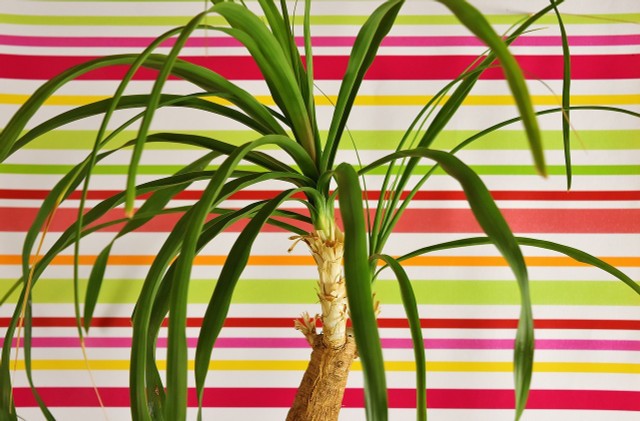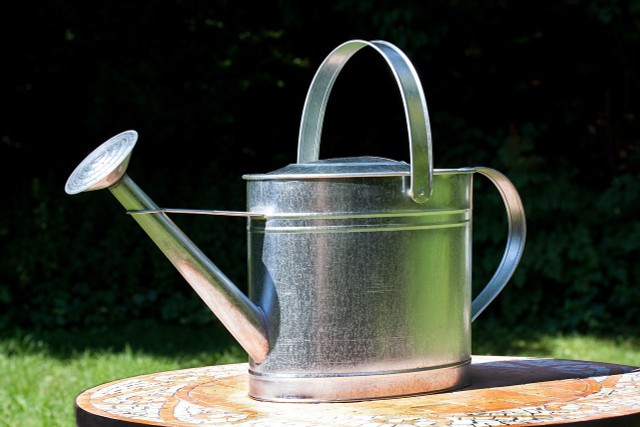
Elephant foot (Beaucarnea) is a hardy and low-maintenance houseplant. Here you can find out what tips you should follow when dealing with the tropical elephant foot.
The elephant foot originates from the tropical forests of Mexico. The plant is named after its peculiar shape: Although the trunk is round, it becomes much thicker towards the bottom. This makes it resemble the shape of an elephant’s foot. Other familiar names for the tropical plant are beaucarnea, water palm and bottle tree.
The elephant foot grows slowly and reaches a height of about 1.5 meters in the pot. If you are lucky, it will start to bloom after a few years. For this you should put the plant in a warm and sunny place. Then it will form panicles with small, white flowers.
Contents
Care for elephant foot: This is what you should pay attention to

In order for the tropical elephant foot to grow well in our country, you should consider the following aspects when caring for it:
- The tropical plant is accustomed to hot and dry climate. Therefore, ensure a sunny location and protect it from drafts. If the sun is very strong, it is advisable to provide some shade with light curtains. Otherwise, the leaves can quickly burn.
- In winter, the Beaucarnea should never be exposed to temperatures below ten degrees. Therefore, overwinter it indoors in a sunny place.
- The elephant foot is a typical indoor plant, but it can also be planted outdoors in the summer. For this, you should first choose a shady place and then slowly accustom the plant to sunnier locations.
- The soil in the pot should be rich in humus, sandy, loose and permeable. For example, you can mix some leaf mould with coarse sand.
- Water the plant very sparingly. The plant’s thickened trunk serves as a water reservoir, so it can survive long periods of drought. You should water the plant no more than once or twice a week and make sure that the soil is never completely soaked. If excess water accumulates in the pot, water it out immediately to avoid waterlogging.
- Fertilize the Beaucarnea only rarely. It is enough to give it some organic liquid fertilizer once or twice a year. In winter, do not fertilize at all.
Propagate elephant foot: With cuttings and seeds
You can propagate elephant foot in two different ways:
- For propagation with cuttings, cut small side shoots of elephant foot in summer. Place them in a substrate of sand and compost or add some bark humus. Keep the plant in as warm a place as possible and cover it (for example, with a glass dome) to prevent moisture loss. Once the cutting has taken root, you can remove the cover and pot the plant.
- Alternatively, you can propagate Beaucarnea by seed. This will take a little longer, but it will give the plant its typical elephant foot shape. Since the houseplants rarely flower, you can rarely harvest your own seeds. However, you can easily get them online and occasionally in hardware stores and garden centers.
Avoiding pests and diseases in elephant foot

The following care mistakes and pests can have a negative effect on your elephant foot:
- Waterlogging: if you water too often and too much, the root system will start to rot. This manifests itself in young leaves that are already yellow in color and very soft. Remove the wilted leaves, pour off excess water and do not water the plant again for some time.
- Temperature fluctuations: When colder temperatures suddenly occur, the leaves turn yellow. Therefore, make sure the ambient temperature is as stable as possible and do not leave the plant on cold ground.
- Spider mites, mealybugs, mealybugs and scale insects: All these pests can infest your elephant foot from time to time. Therefore, you should inspect your plant regularly. If you notice an infestation, you should remove all affected leaves. Spray the remaining parts of the plant with a mixture of water, curd soap and methylated spirit. You can read more about this here:

